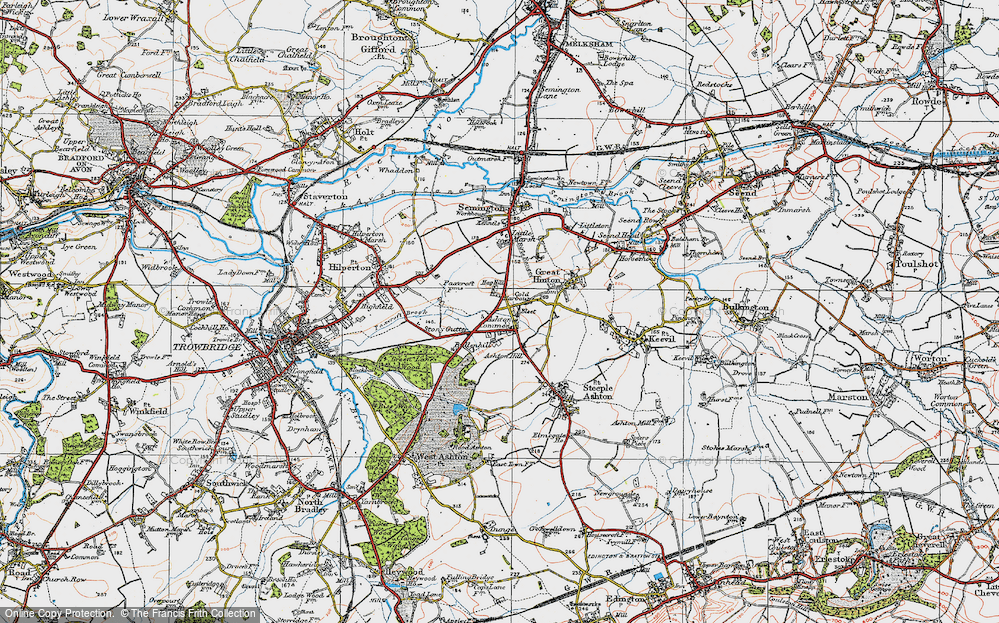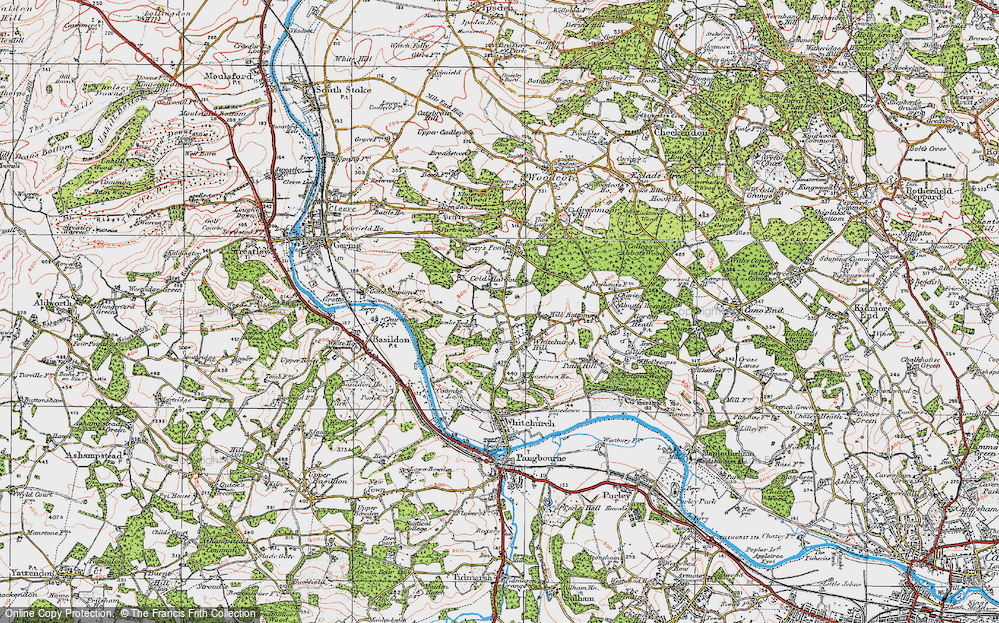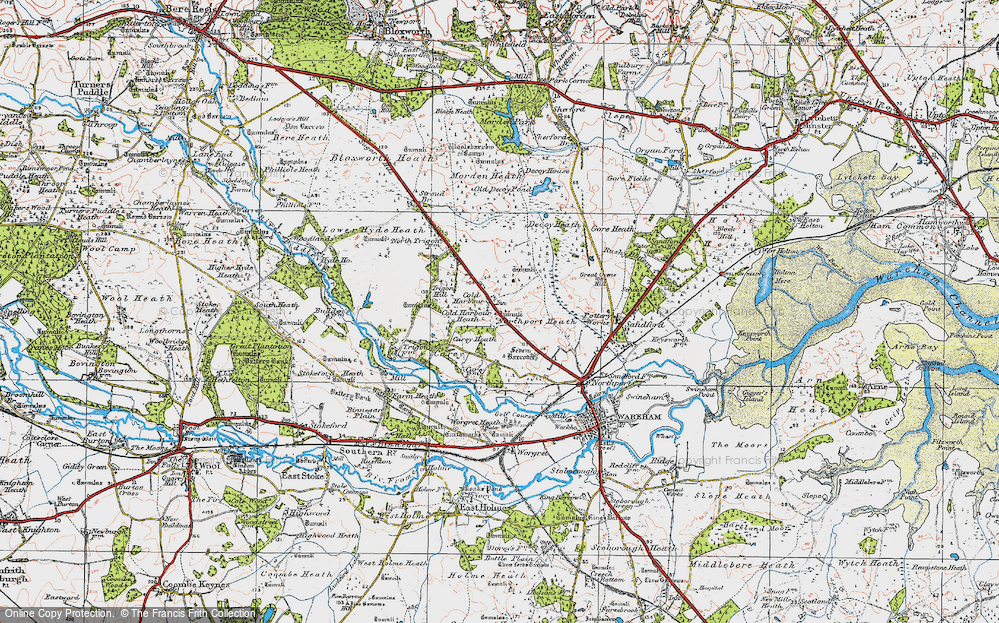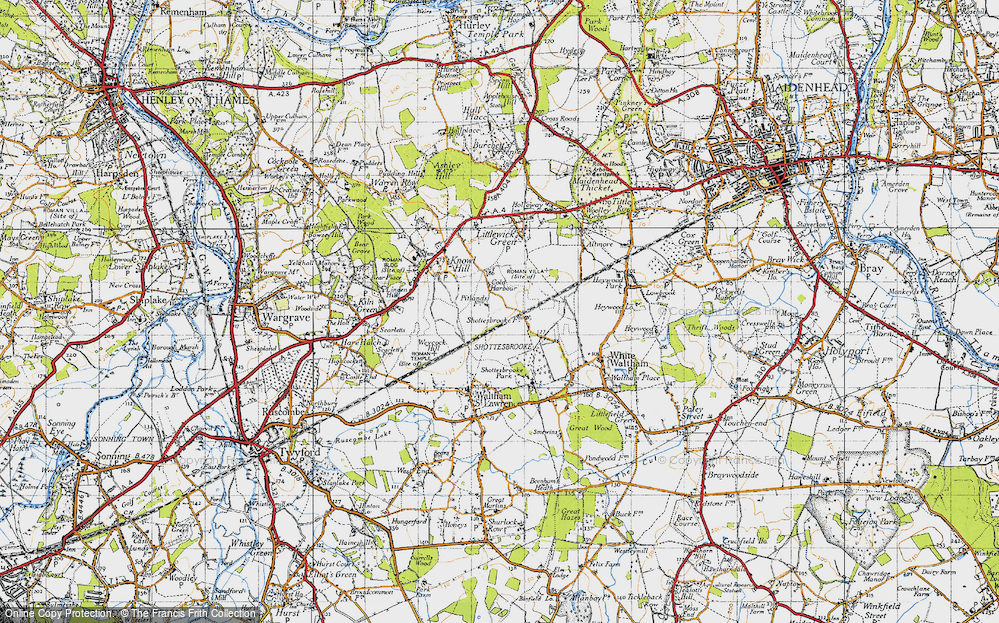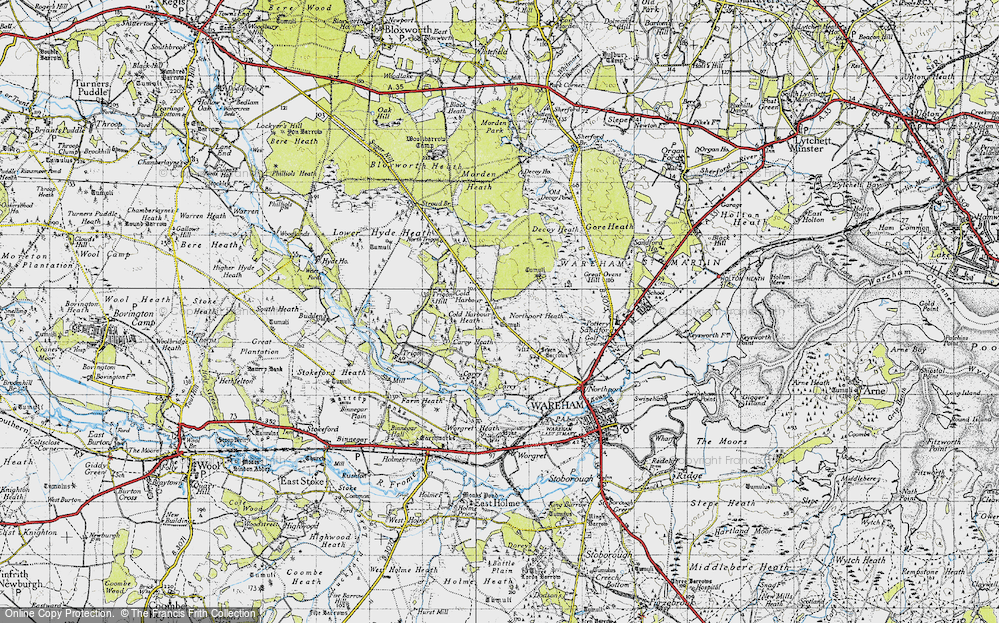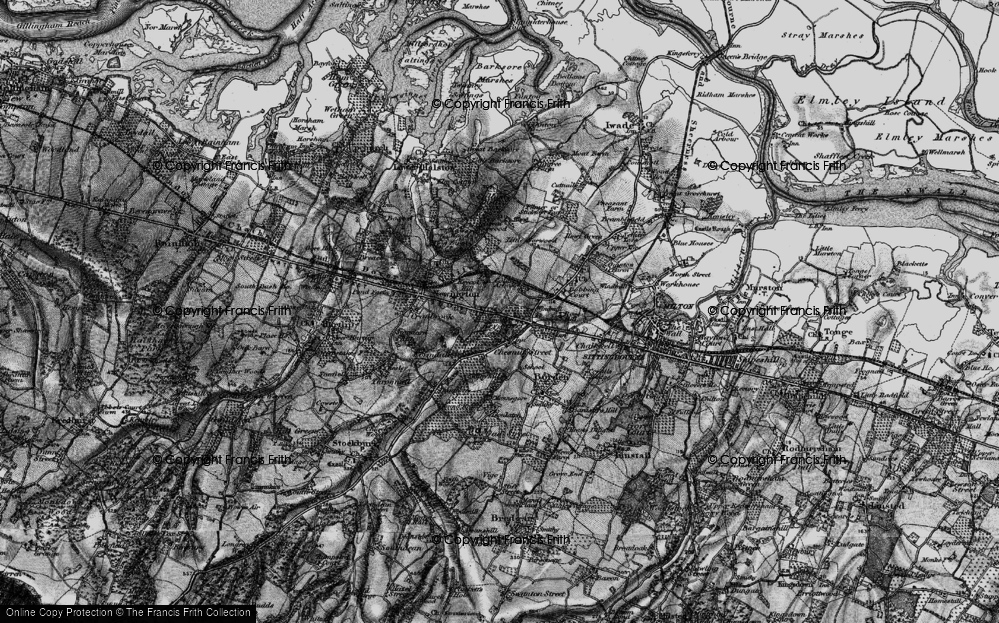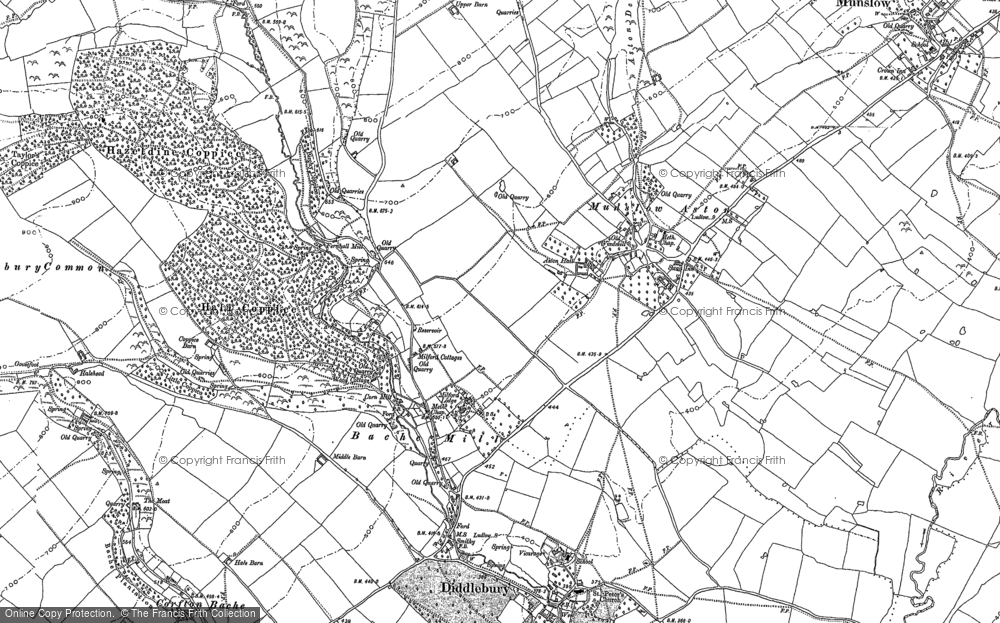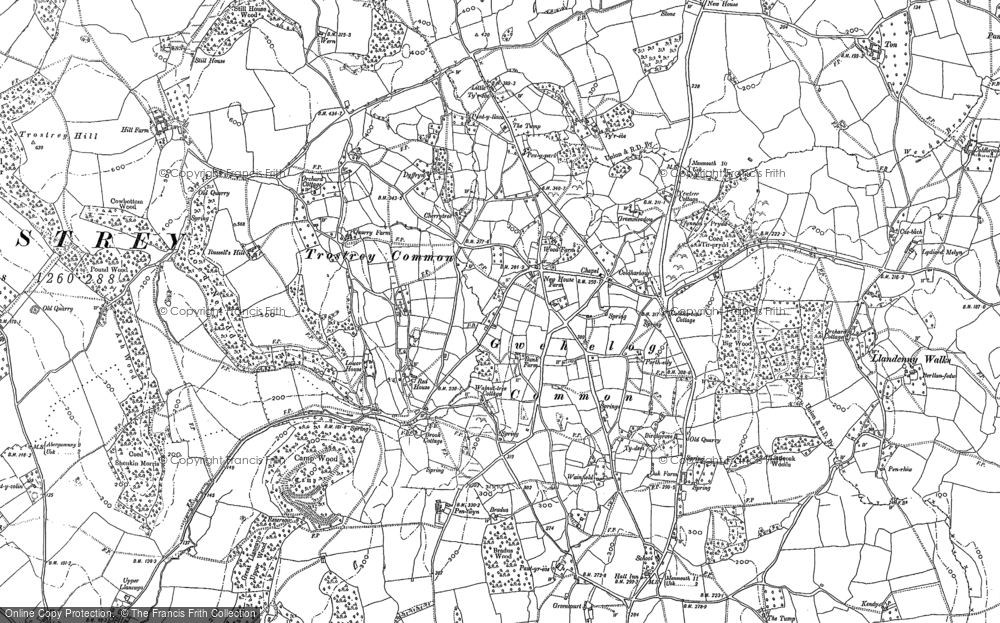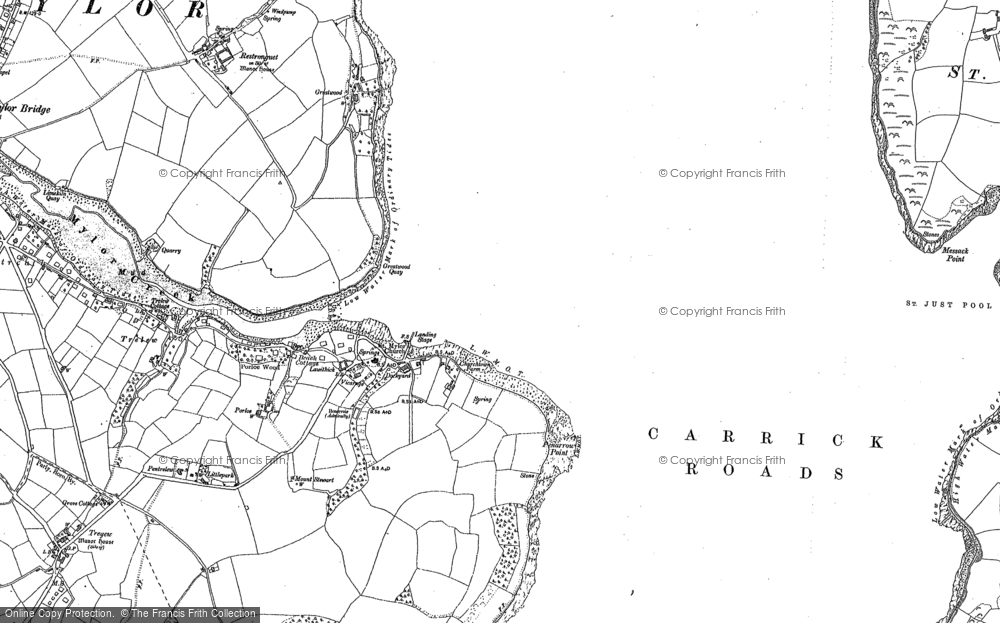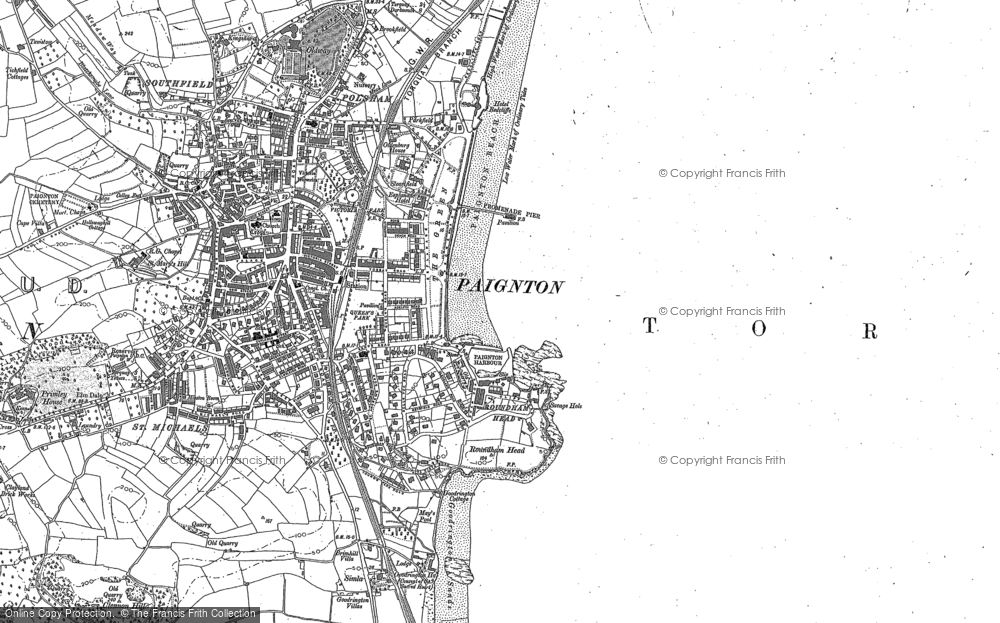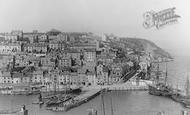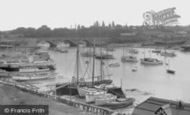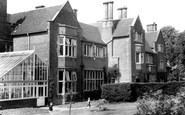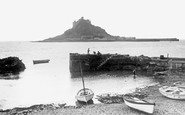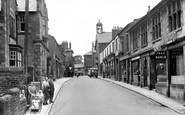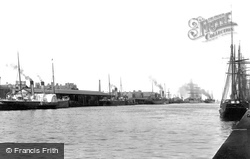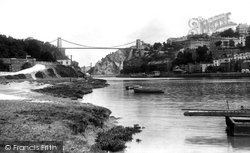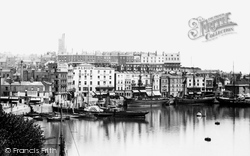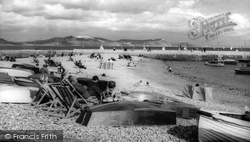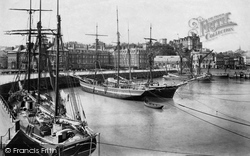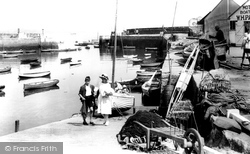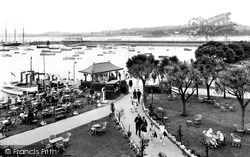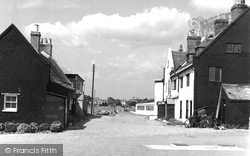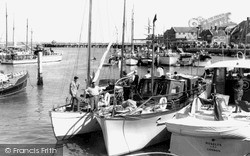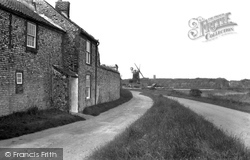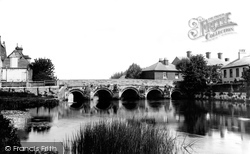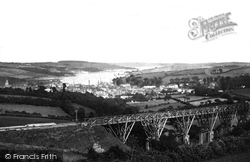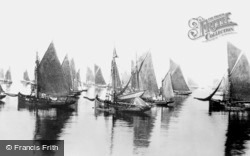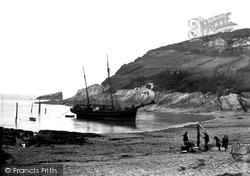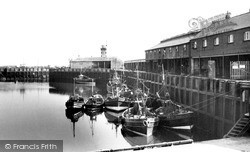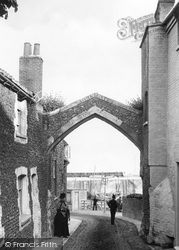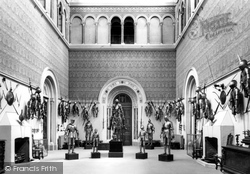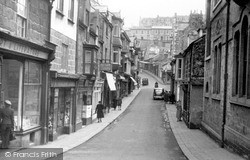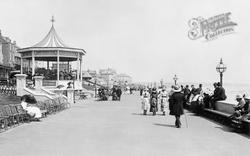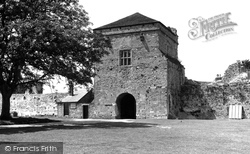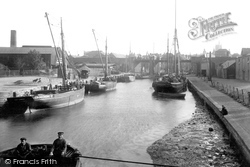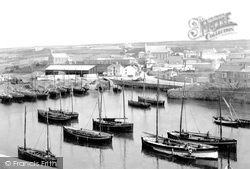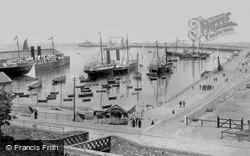Places
1 places found.
Did you mean: arthur ?
Those places high-lighted have photos. All locations may have maps, books and memories.
Photos
4 photos found. Showing results 61 to 4.
Maps
71 maps found.
Books
1 books found. Showing results 73 to 1.
Memories
95 memories found. Showing results 31 to 40.
Harrowfield Boys School
In 1958 the school had a trip to Rome for the Olympics. We also had a week on the Foudroyant, a ship harboured in Portsmouth Harbour. Remember we rowed to the IoW in a Whaler, (I think).
A memory of Harold Hill by
House Disappeared
We have purchased Harbour Sails, Overgang. In the picture you can see that once upon a time there was rather large house sitting in front,which is no longer there, (where the boats are in corner of quay, there’s 2 masts that point to the old house). What happened to it?
A memory of Brixham by
Houseboats In The Picture Of Bursledon Bridge
In the photo are several houseboats and yachts moored up to the bank on the LHS of the picture, which was 'Deacon's Boat Yard' (no relation to me!). I lived on the large white motor torpedo boat (when ...Read more
A memory of Bursledon in 1974 by
I Was Here From 1957 1970
I had good and bad memories of the hall. I don't remember Brendan. The house was demolished around 1965/6 and the ground it stood on was sold and a school was built. I remember helping the gardener take geranium cuttings ...Read more
A memory of Glenfield by
Life As A Young Boy In Saltdean
THE LIFE & TIMES OF DONALD CHARLES WILLIAMS Personal recollections from Don Williams from Hailsham who lived in Saltdean from 1937 to 1952 - Many thanks for these wonderful stories & photo's of Saltdean in the ...Read more
A memory of Saltdean in 1940 by
Living On A Houseboat In Poole Harbour
My mother Elizabeth and my father, Graham Thomson, lived on a houseboat in Poole harbour during 1950 and 1951. I was a baby and they had to move to dry land when I became a toddler! My mother used to tell me how ...Read more
A memory of Poole in 1951 by
Lymington In The 1940s
My maternal grandmother and mother were both born in Lymington, my mother attending the grammar school in Brockenhurst (I remember as a small boy her pointing it out to me from the train) In 1944, when the V1 'doodlebugs' ...Read more
A memory of Lymington in 1944 by
Marazion Harbour
Top Tieb, just below Castle Gayer. I've got someone else's postcard shows harbor wall broken off, I have idea it took 2 goes to build harbor, first was washed away, anyone know for certain?
A memory of Marazion by
May Be Its Me And My Brother And Mum
I think that that is my mum Gladys Haigh, and my brother Douglas who is 4 years older than me is beside my mum, I'm the one in the pram I think! We were going to meet my dad Jim Haigh, we used to live Main ...Read more
A memory of High Bentham in 1952 by
Mid 1960s Mid 1980s
My parents David & Valerie, and younger brother Roger Angus lived at 'Rosevine' opposite the Rectory. The then vicar, Christopher Leach lived in the Rectory with his wife and children Godfrey and Hilary. Additionally, they ...Read more
A memory of Combpyne by
Captions
211 captions found. Showing results 73 to 96.
A further view of the mouth of the River Liffey, Dublin's harbour. Dublin has always been an important port, particularly for goods and merchandise.
Bristol is where Brunel's steamships 'Great Western' and 'Great Britain' were built, though both were too big to use the Floating Harbour.
We are looking towards the inner harbour-now the yacht marina—with a paddle steamer and three brigs at moorings.The chimney on the left of the Admiral Harvey pub probably belonged to Ramsgate's
Pebbles and sand extend below the Royal Standard; we look eastwards from deck-chairs, boats and canvas shelters to the North Wall of the harbour and the coast from Charmouth and Stonebarrow Hill to Golden
A mixture of schooners, brigantines and spritsail barges lie to warps in the outer harbour.
By the 1920s the harbour was used almost entirely by small-scale fishermen and pleasure craft.
By the 1920s the harbour was used almost entirely by small-scale fishermen and pleasure craft.
Beyond Torquay harbour is the fine sweep of Torbay. In Nelson's day the entire British fleet could anchor within the sheltering arms of the bay.
Sheltered from the worst of the gales by Hengistbury Head, Christchurch's harbour empties into the sea between Mudeford's quays and sandbanks.
There are few scenes on the Isle of Wight more captivating than Yarmouth harbour on a busy sailing day.
Pebble-built cottages line the coast road to the corn windmill, which stands immediately behind the 17th-century harbour. The mill was converted to holiday accommodation as early as 1921.
In Saxon times this old town was known as Twyneham, meaning 'the town between the streams' - in this case the Avon and the Stour, whose waters empty into Christchurch Harbour.
Penryn sits at the head of a creek in Falmouth harbour. At the top of the town Brunel's Great Western Railway crossed the broad wooded valley on a mighty viaduct.
At the height of the Victorian age some 200 trawlers would regularly put to sea from Brixham harbour.
Tucked away among 'surroundings that are indescribably beautiful', boats nestle in the placid harbour waters of this picturesque village with its long, straggling street.
A more recent picture of the main harbour. Smaller fishing boats, now powered by internal combustion rather than wind, are tied up alongside the west pier to discharge their catch.
Leading from the old village to the harbour beyond, this 16th-century arch, originally fitted with a portcullis and gates, was built to protect the settlement against pirates and smugglers.
This photograph shows the Great Hall as it was originally intended - displaying a collection of armour and weapons, just as a castle should.
Tregenna Place and its continuation of the High Street are still the main thoroughfares into the harbour area of St Ives.
Protected on the north-east by the great headland of Flamborough, there are long stretches of fine sand both north and south of the harbour.
Other finds at Wallington House, Wicor Shore and Portchester Harbour have been dated from the Mesolithic period (10,000 BC to 4,000 BC), while flint and stone artefacts from Titchfield and Wallington
This atmospheric photograph of the Medina at Newport gives some idea of the harbour at the height of its prosperity.
As with the port of Newlyn, the small harbour at Porthleven uses the registration letters of Penzance.
The harbour was begun in 1817, and ever since has been the principal terminus of the Holyhead run.
Places (1)
Photos (4)
Memories (95)
Books (1)
Maps (71)




